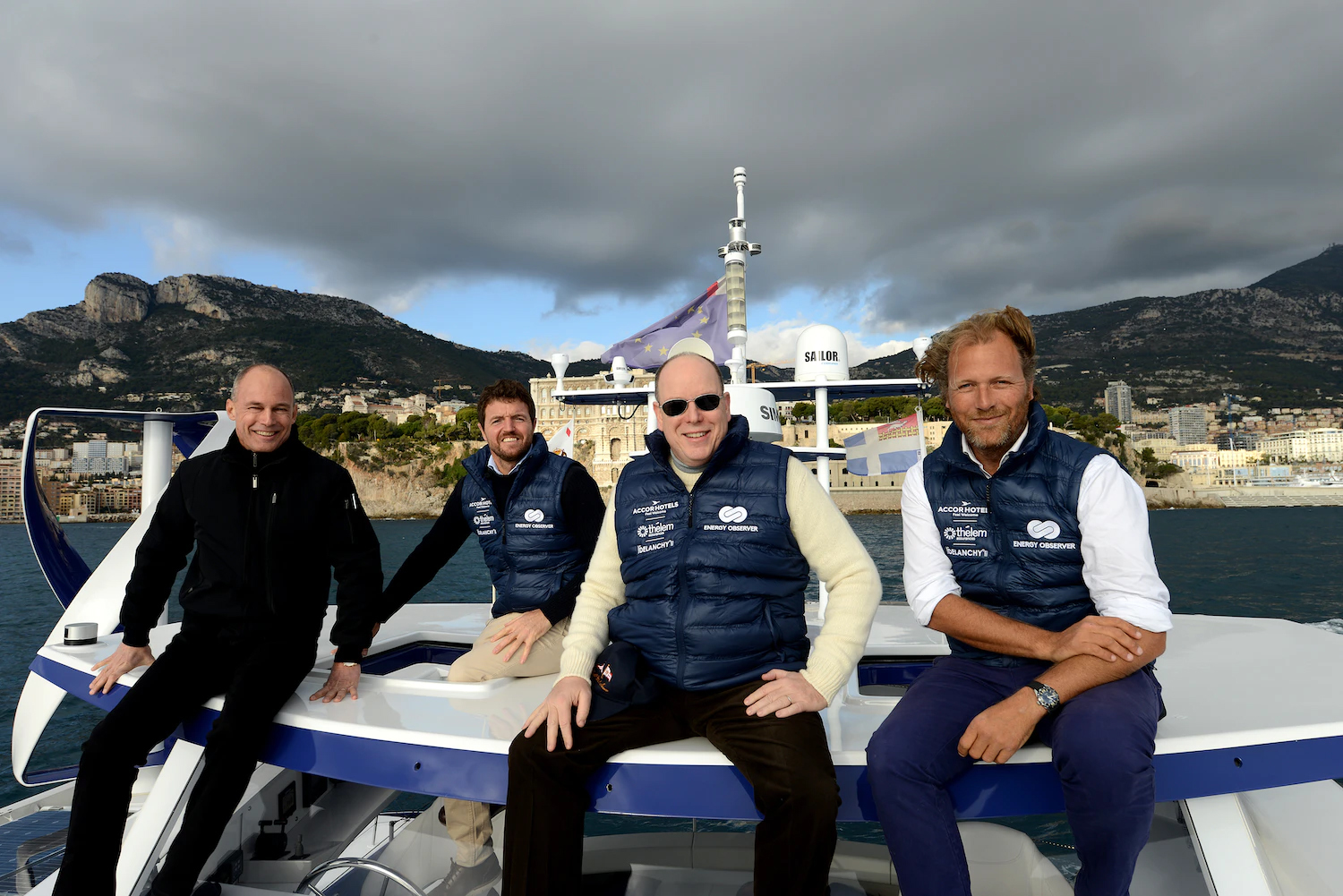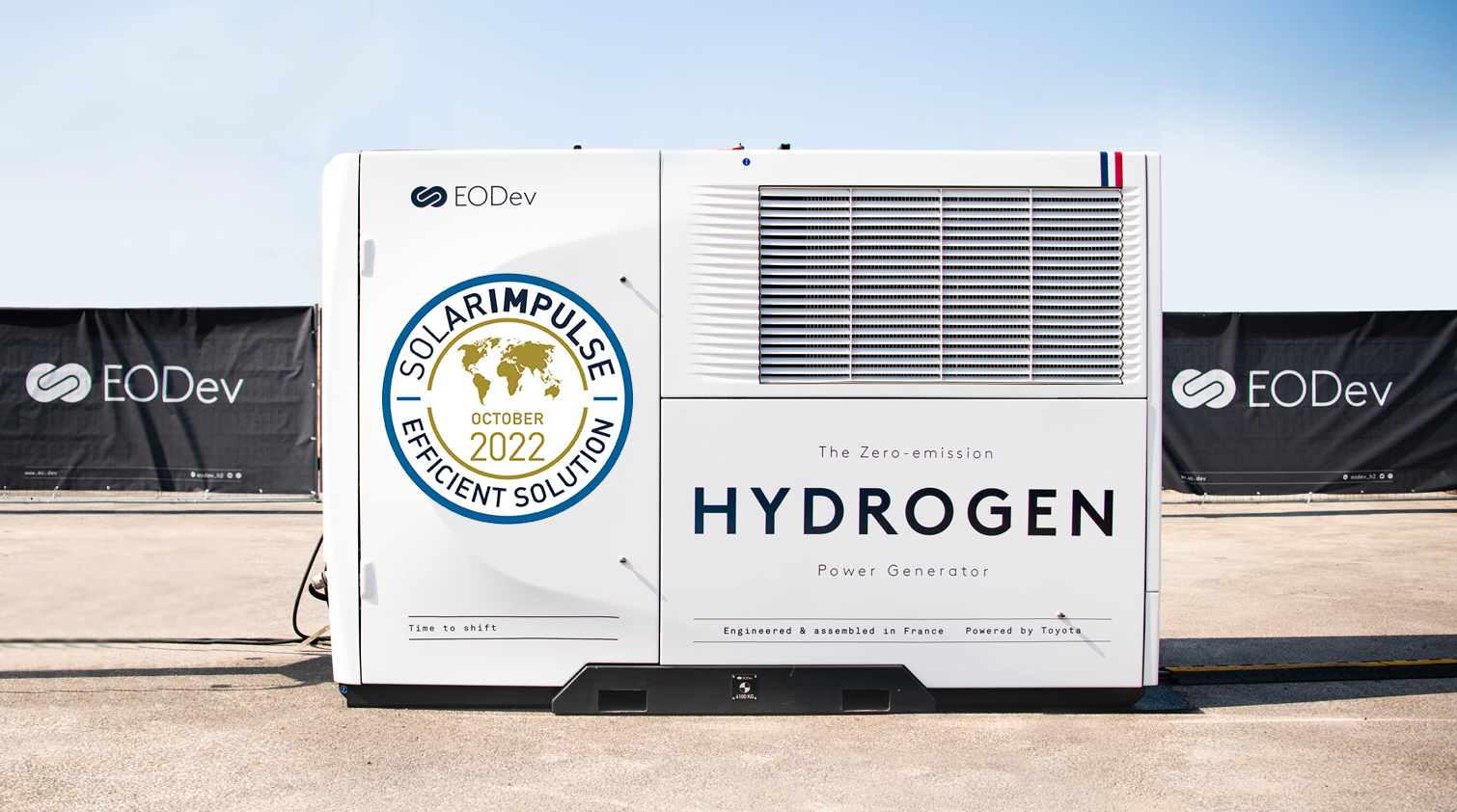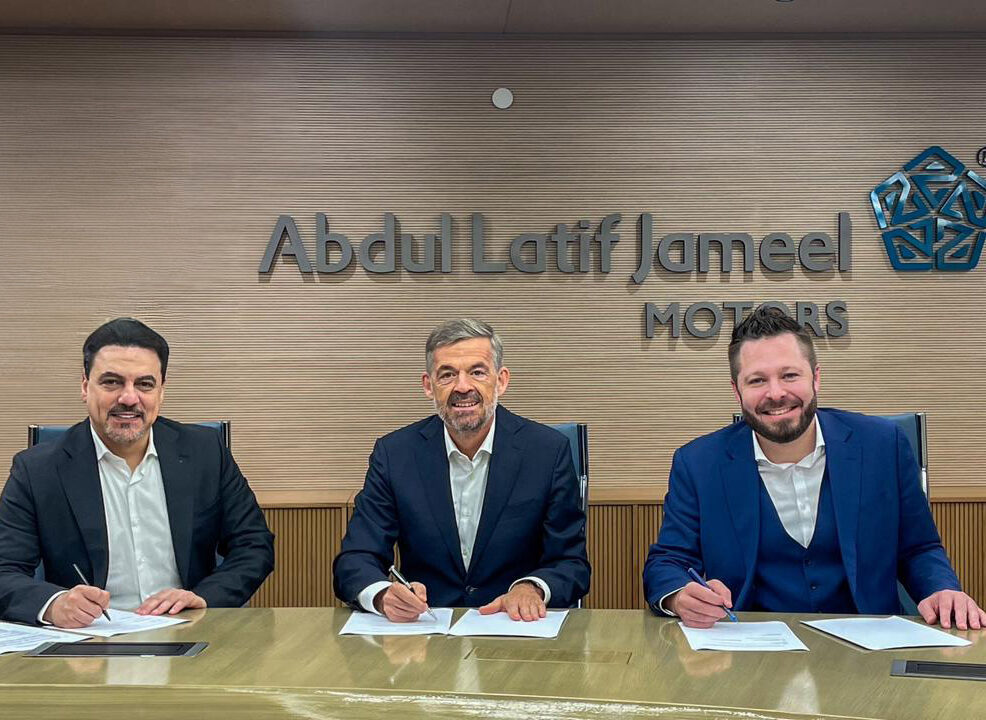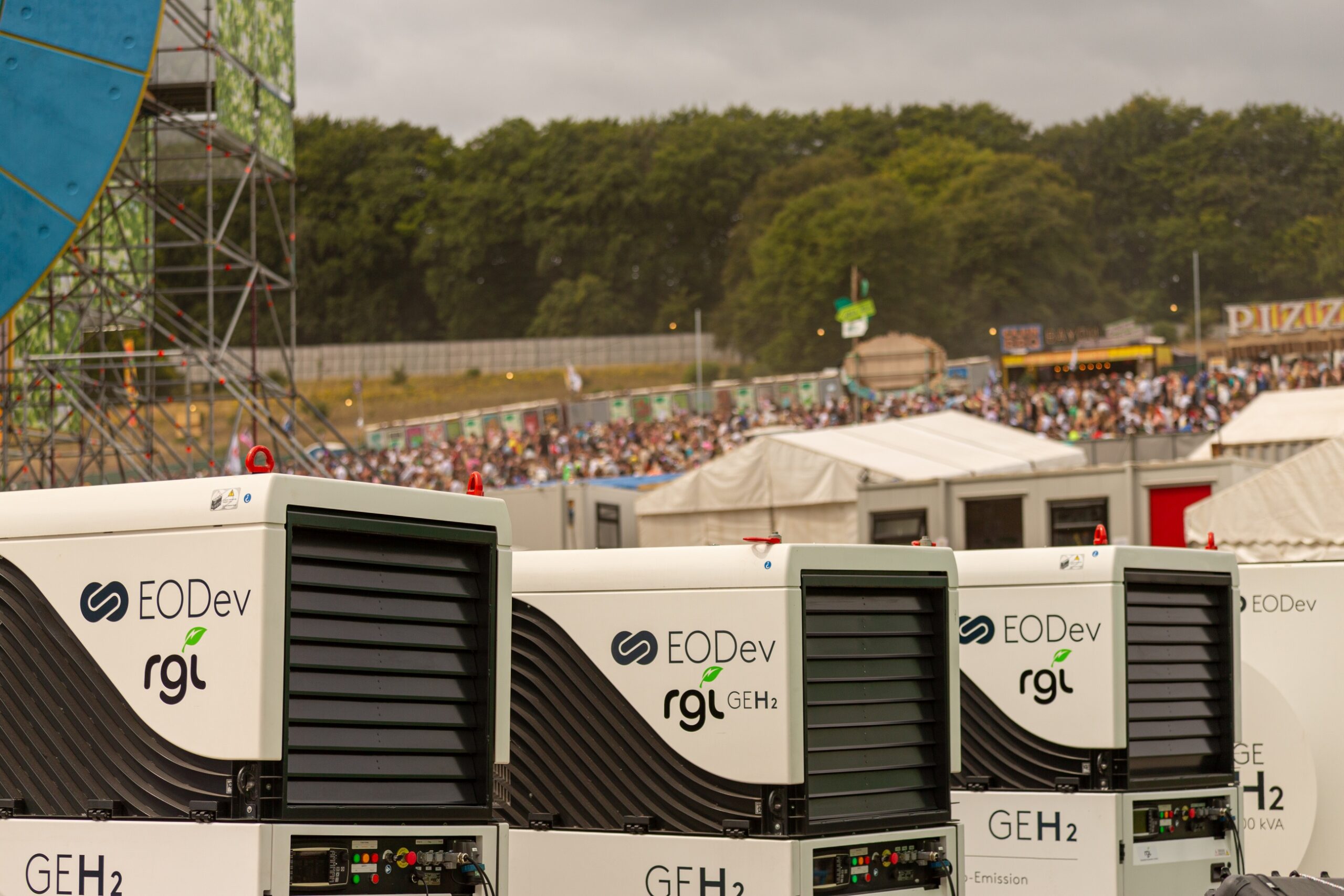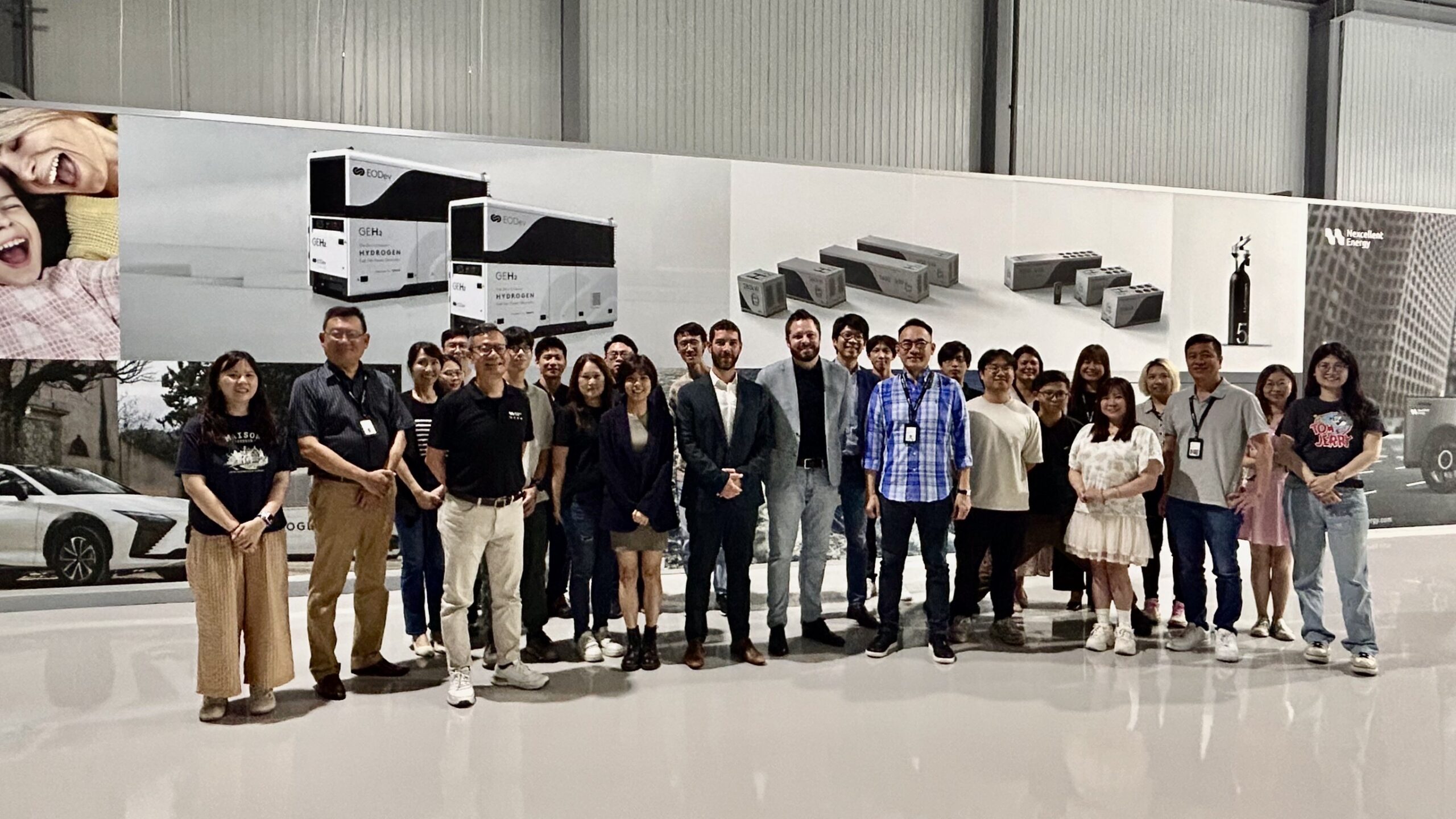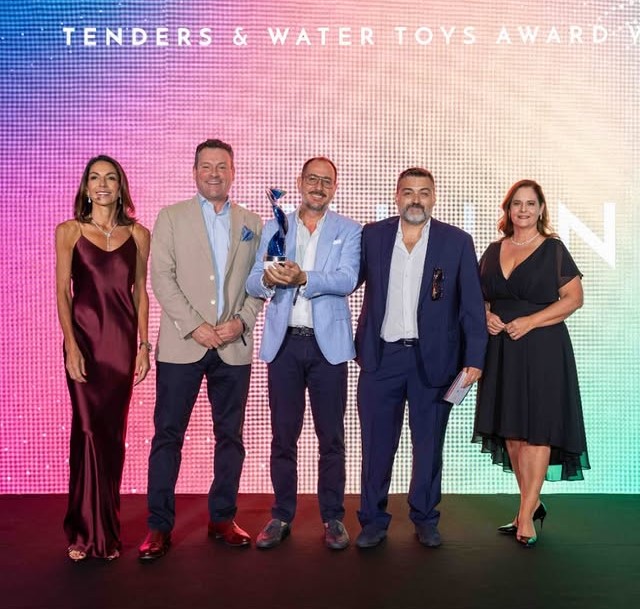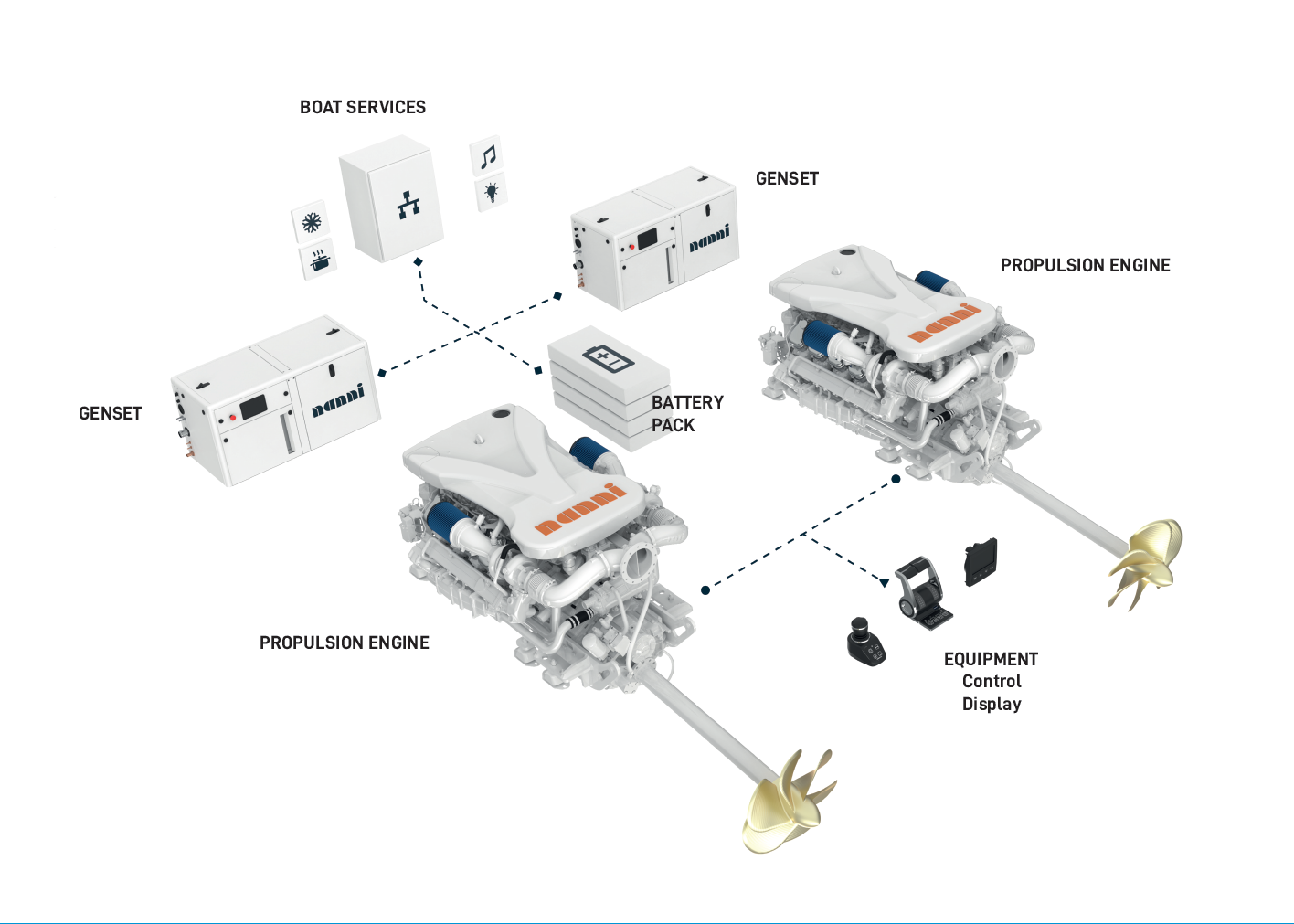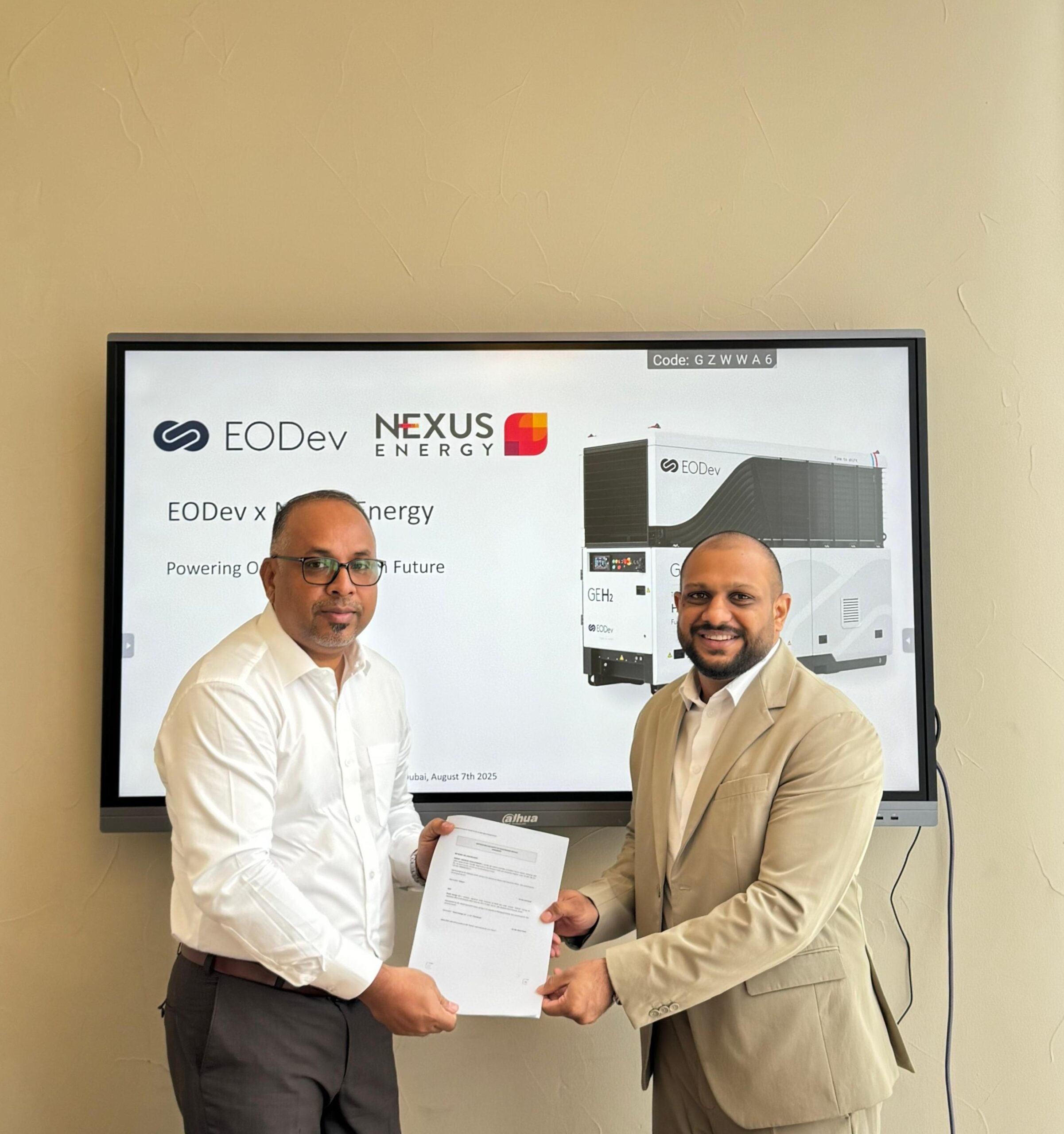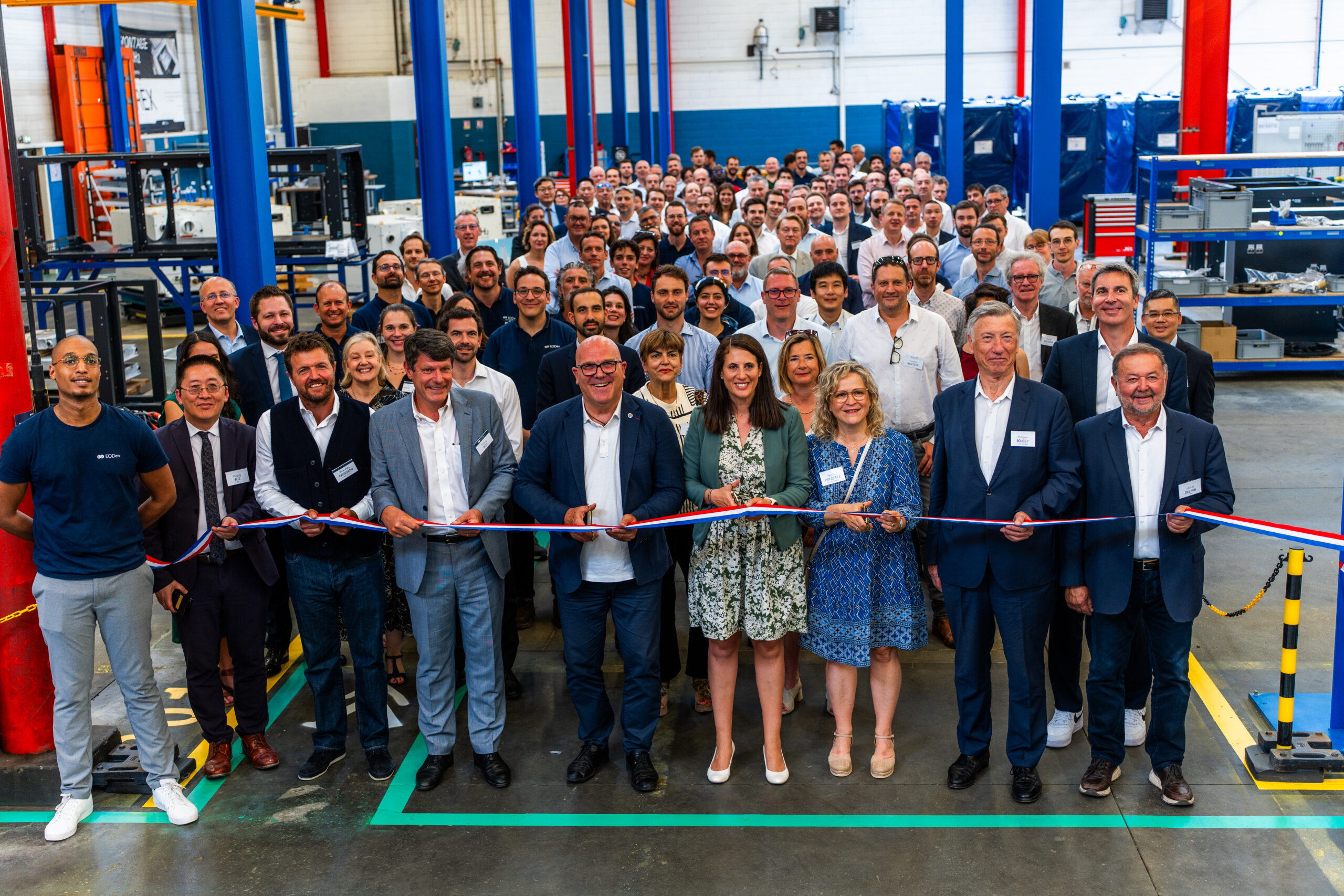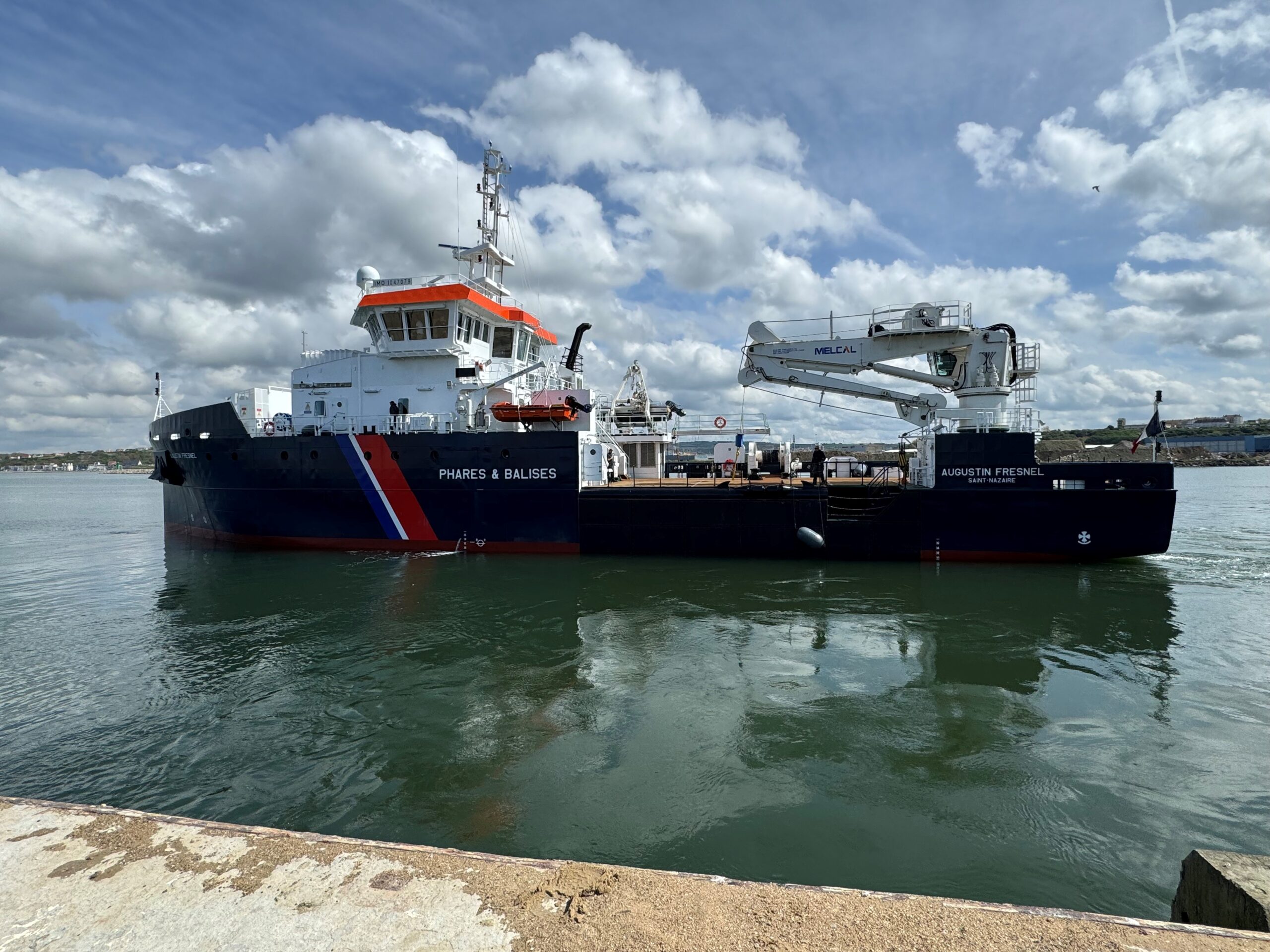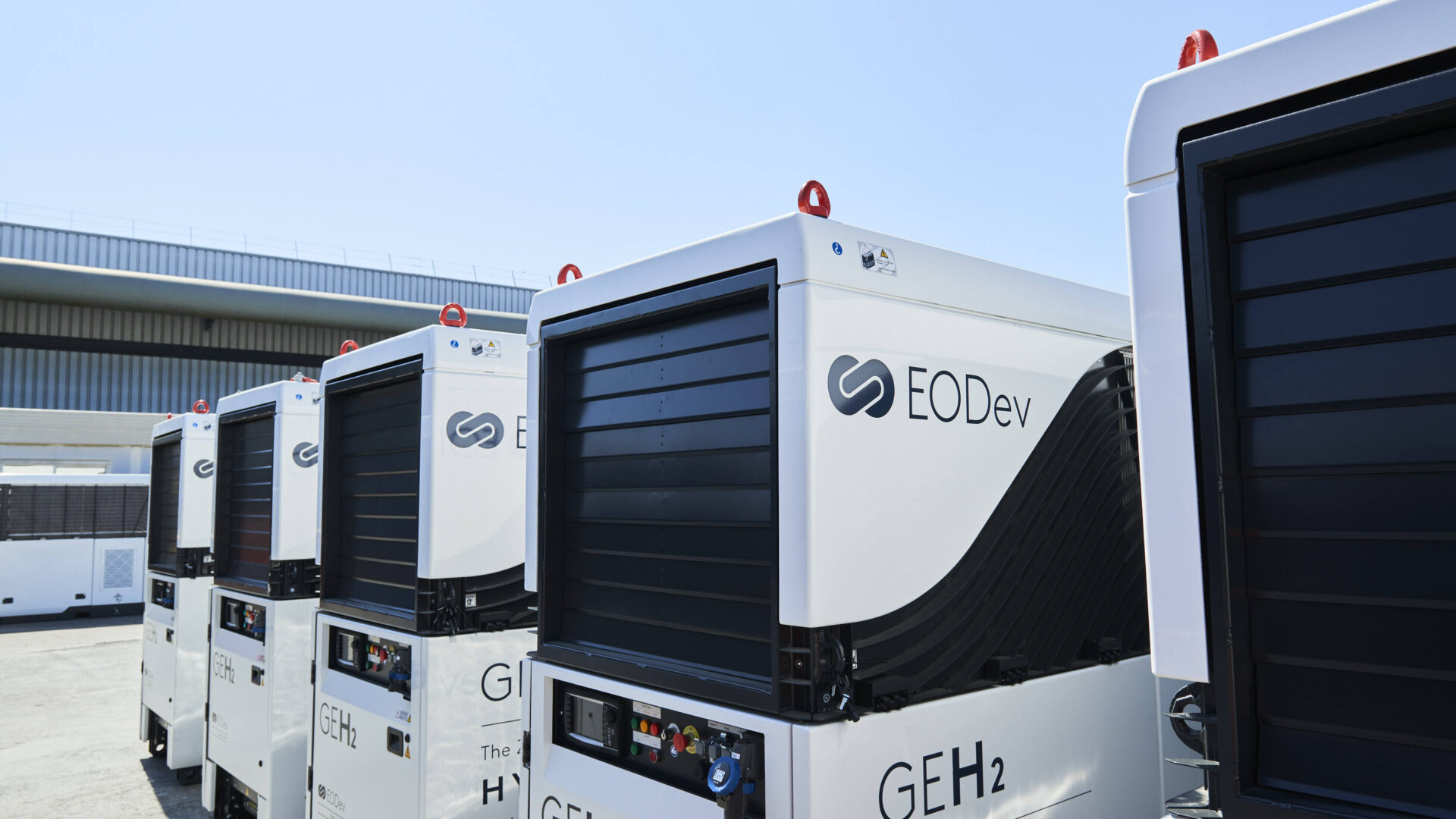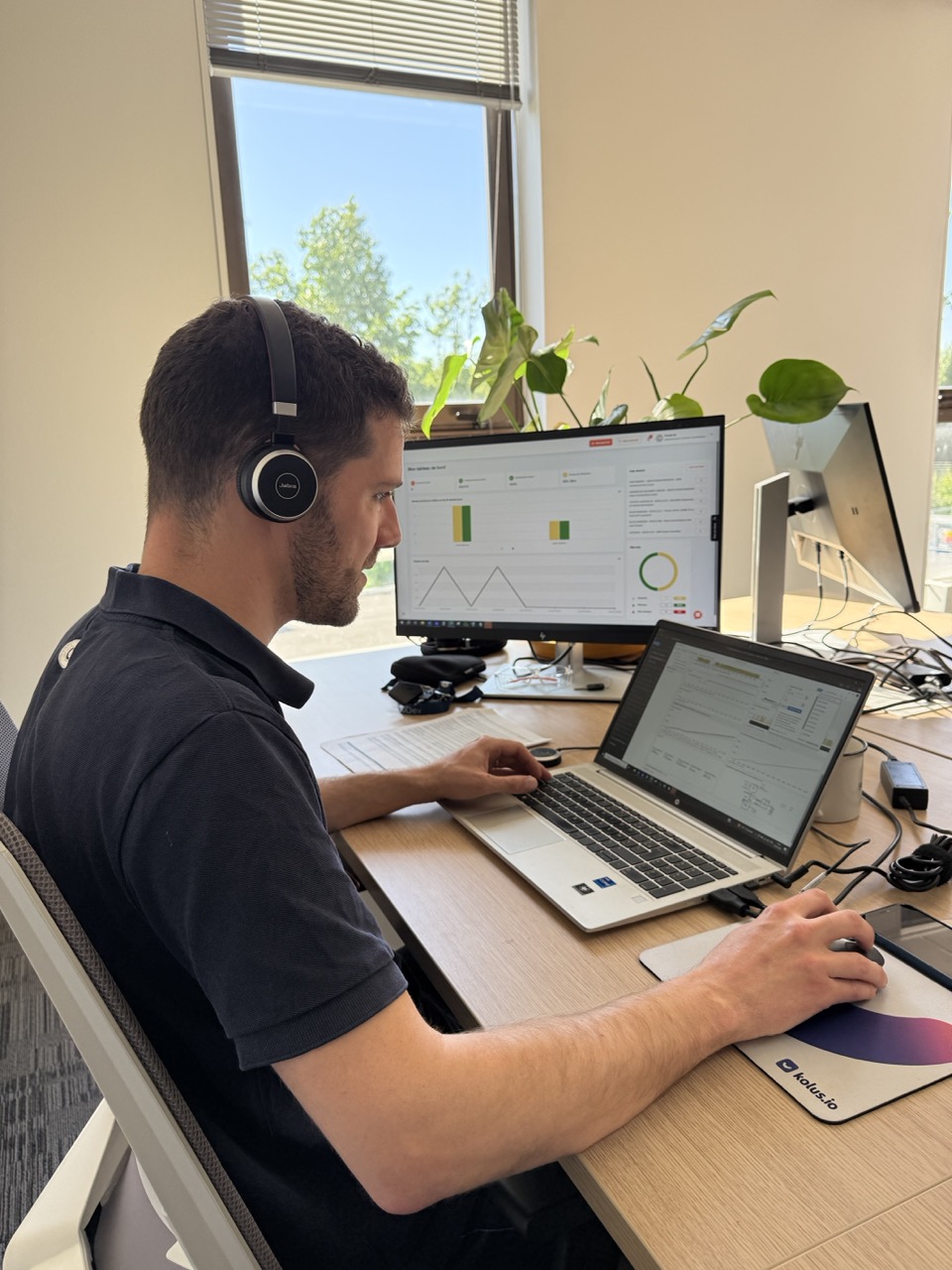Selected by the independent experts of the Solar Impulse Foundation, EODev’s GEH₂® electro-hydrogen unit joined in October 2022 the range of nearly 1,500 solutions labeled “Efficient Solutions”. This certification rewards innovative solutions that contribute to the protection of the environment and the fight against climate change. Through this label, it is the relevance of the economic and ecological model offered by EODev thanks to its power generators that is recognized on the international scene. This confirms once again that the use of hydrogen is a proven alternative to decarbonize the industry.
From scientific exploration to practical GEH₂® solutions
Solar Impulse is above all a story of innovation and sustainable solutions. Everyone remembers the first flight around the world of “Solar Impulse”, the plane initiated by the Swiss explorer Bertrand Piccard, between 2015 and 2016: seven stages to cover more than 40,000 km thanks to the use of solar energy only. It was aboard a prototype with giant wings of photovoltaic panels that the explorer made the longest flight ever, 5 days and 5 nights non-stop to rally Nagoya (Japan) to Hawaii (USA). Like an echo of the challenge of the Energy Observer boat, which since 2017 has been cruising the seas of the world in energy autonomy, Bertrand Piccard demonstrated that it was technologically possible to avoid using fossil fuels and fly over the oceans.
Launched following this magnificent adventure in 2016, during the United Nations Climate Change Conference, the Efficient Solutions Label initiative initially set itself the objective of identifying, listing, cataloging and highlighting a thousand technological proposals, at different development stages but all economically valid. A daring bet, but the only one, which makes it possible to advance the development and adoption of sustainable technological solutions so that they do not remain only prototypes in R&D departments: “Environmental protection will only become a reality if it is perceived as economically viable and requiring no financial or behavioral sacrifice. Today, effective solutions exist to boost economic growth, while reducing our impact on the planet,” explained Bertrand Piccard.
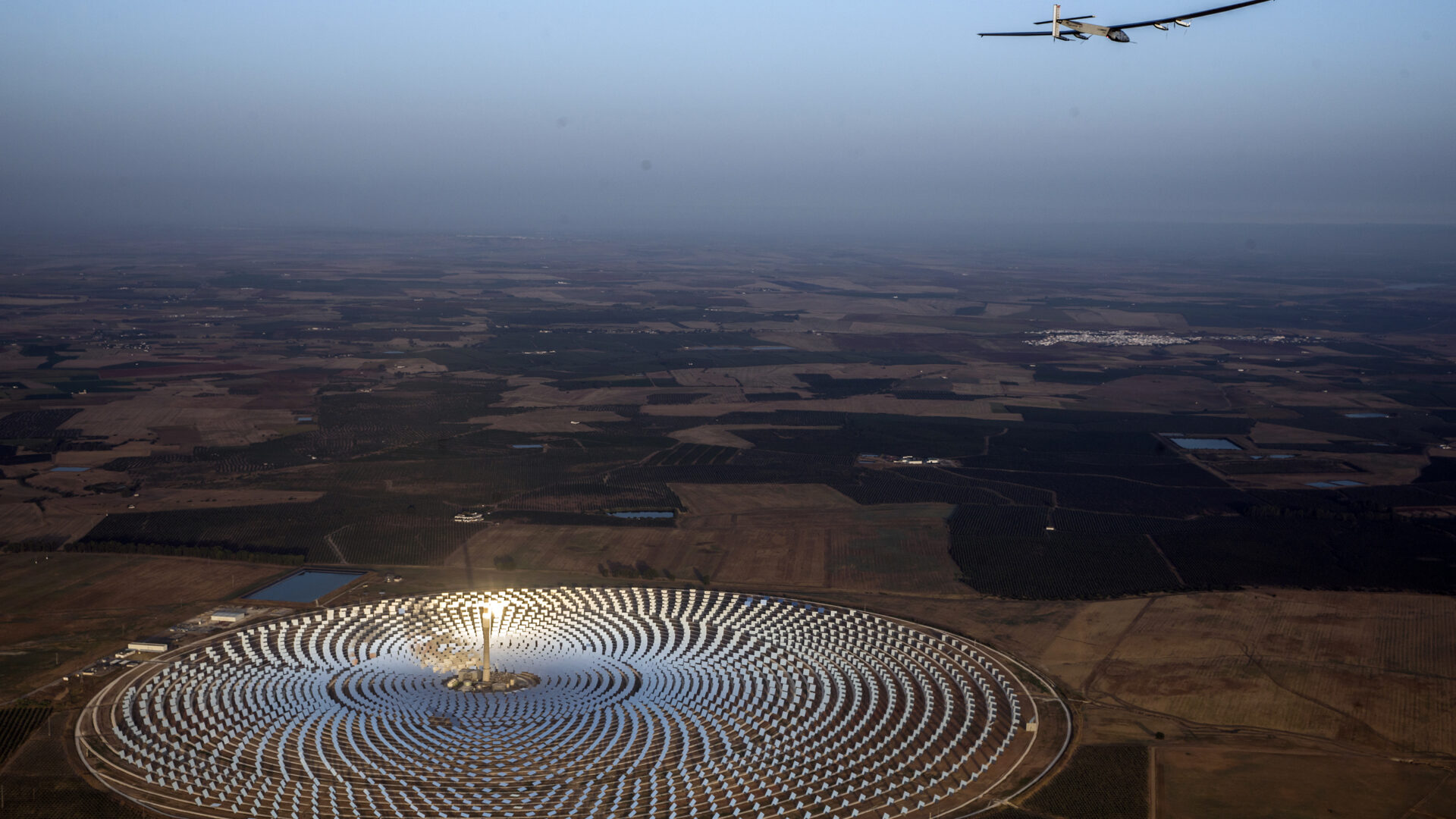
A label widely recognized
The Solar Foundation’s catalog now includes nearly 1,500 solutions, divided into nine categories: construction and housing, consumer goods, waste and pollution, energy, water, food and agriculture, infrastructure, mobility, freight.Although each solution provider can easily apply, the process for obtaining certification is very rigorous and precise. To validate the eligibility of its certification, five criteria must be met:
1. The feasibility of the technological concept
2. Its credibility (minimum TRL 6-7)
3. Its ability to be scalable
4. Its environmental benefits (including a life cycle analysis or LCA)
5. Its economic benefits, broken down into its potential to be an alternative to existing and dominant solutions on the market, taking into account possible regulatory changes, its TCO (Total Cost of Ownership) and its long-term profitability.
To get certified, it is necessary to obtain a favorable opinion from at least two of the three experts on all the evaluation criteria, a guarantee of seriousness and validation for potential investors interested in the solutions out forward.
For further information
https://solarimpulse.com/solut…
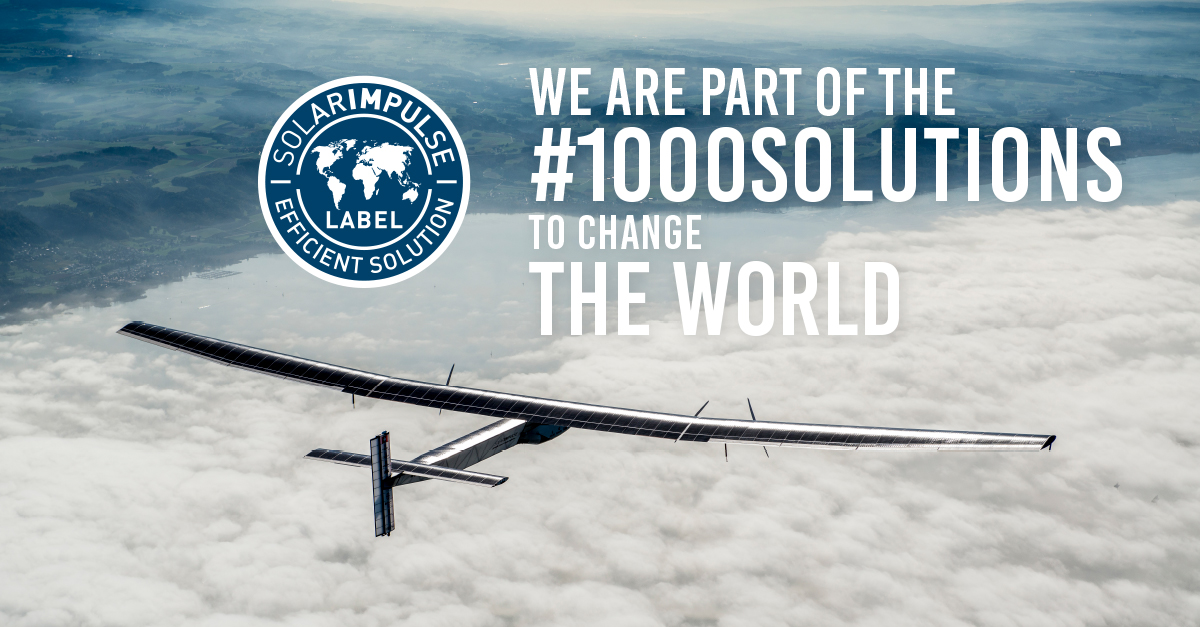
Bertrand Piccard & Energy Observer, a long standing partnership
Bertrand Piccard comes from a family of Swiss scientists and inventors inspired by the stories of Jules Verne, whose tradition he first perpetuated by designing the Orbiter III rozière-type balloon. Following the stratospheric balloon invented by his grandfather Auguste Piccard, the first to visually observe the curvature of the Earth in 1931, Orbiter III achieved the feat of carrying out the complete tour of our planet without any stopover in 20 days in March 1999. Bertrand’s father, Jacques Piccard, more attracted by the marine worlds than by the air spaces, was for his part the first to reach the deepest point of the planet. Like Captain Nemo in Twenty Thousand Leagues Under the Sea, in 1960 he designed (among other things) a bathyscaphe capable of taking him to minus 10,916 meters in the depths of the Mariana Trench. The Solar Impulse project, initiated in 2003 in collaboration with André Borschberg and the Ecole Polytechnique Fédérale de Lausanne (EPFL), took more than 12 years to materialize. Today, Bertrand Piccard is at work with governments and international institutions to convey the message and propose solutions for the ecological transition, many of which stem from the work of the Foundation and its Solutions Explorer catalogue. Bertrand is also an ambassador of the Monaco Energy Boat Challenge organized by the Yacht Club of Monaco, whose President of the Jury is EODev’s CEO Jérémie Lagarrigue, with EODev being a partner of the event. Bertrand also supported the Energy Observer project since its inception, and had the opportunity to come onboard in 2018 during the vessel’s stopover in Monaco.
